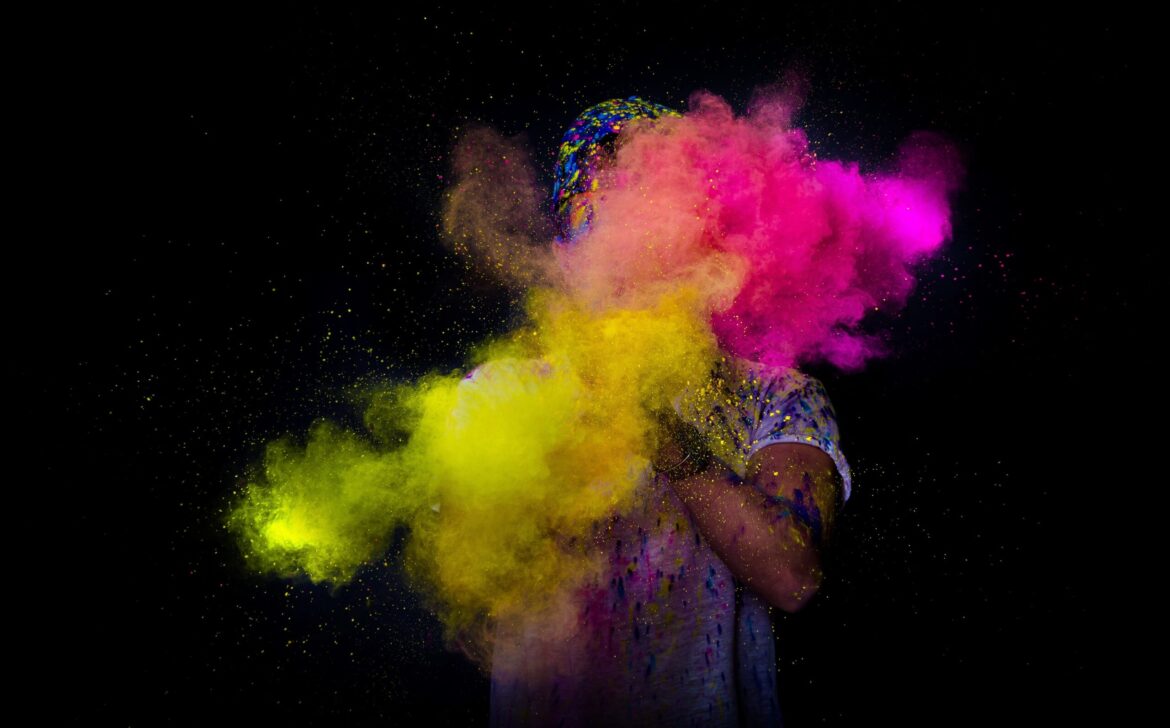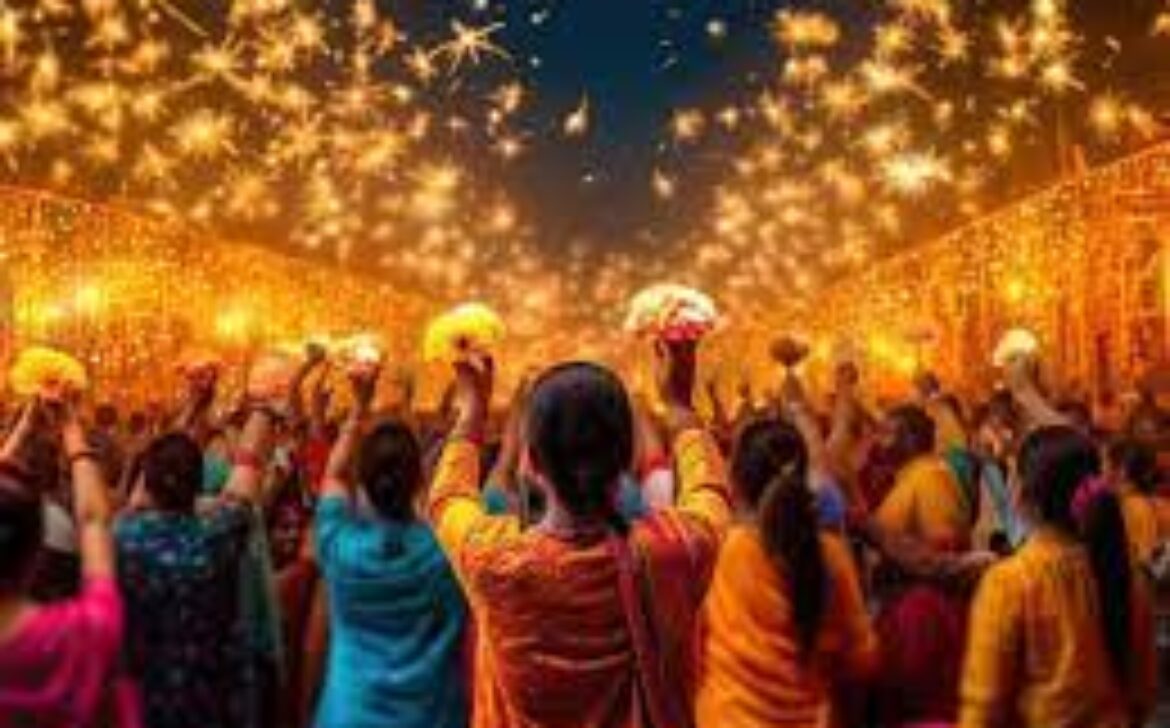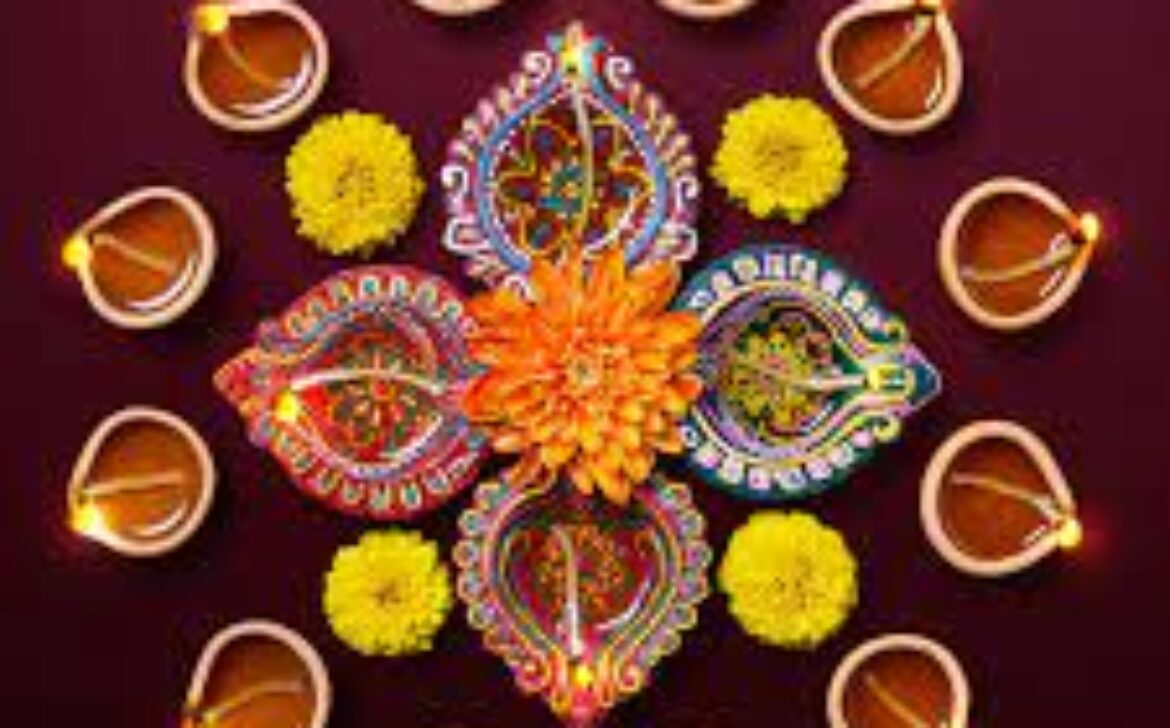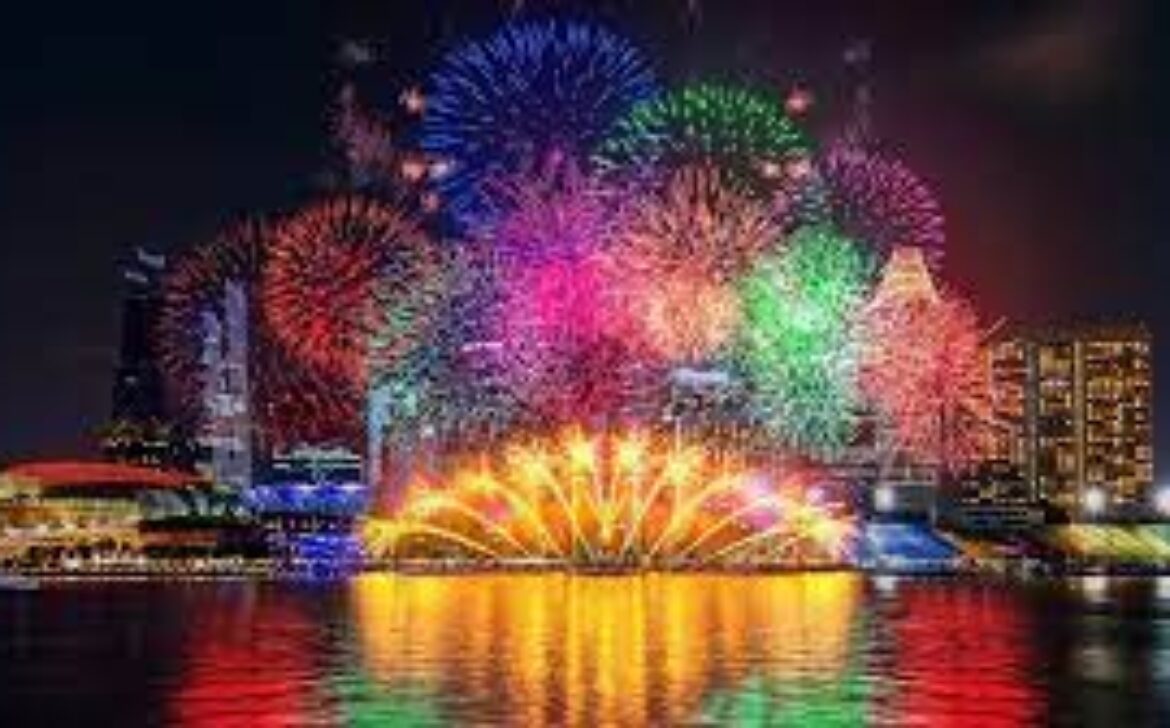Holi Festival: The Vibrant Celebration of Colors in India
Introduction:
Holi, also known as the Festival of Colors, is one of the most vibrant and joyous festivals celebrated in India. It marks the arrival of spring and is a time for people to come together, play with colors, and enjoy the festive spirit. This ancient festival has deep cultural roots and carries a message of love, unity, and the triumph of good over evil. Let’s dive into the essence and significance of Holi, exploring why it is cherished by millions across the globe.
Historical and Cultural Significance:
The origins of Holi can be traced back to ancient Indian mythology, particularly to the legend of Holika and Prahlad. According to Hindu mythology, Holika, the sister of the demon king Hiranyakashipu, tried to kill Prahlad, a devotee of Lord Vishnu. However, her evil intentions were thwarted, and she perished in the flames while Prahlad emerged unharmed due to his devotion. This event symbolizes the victory of good over evil, and Holi is celebrated to commemorate this triumph.

Celebrations and Traditions:
Holi is celebrated with great fervor and enthusiasm throughout India and in many parts of the world where Indian communities reside. The festivities usually begin with a Holika Dahan, where bonfires are lit to symbolize the burning of Holika and the triumph of virtue. The next day is celebrated as Rangwali Holi, where people gather in open spaces, streets, and parks to play with colors.
One of the most iconic aspects of Holi is the throwing and smearing of colored powders and water on each other. People of all ages participate in this colorful revelry, making Holi a truly inclusive and joyous occasion. Traditional sweets like gujiya, malpua, and thandai (a special Holi drink) are also prepared and shared among friends and family.
Social Harmony and Unity:
Holi transcends barriers of caste, creed, and age, bringing people from diverse backgrounds together in a spirit of camaraderie and joy. During this festival, social norms are relaxed, and people engage in playful banter, laughter, and merriment. It is a time when old grievances are forgotten, and new bonds of friendship are forged.
Moreover, Holi signifies the arrival of spring, a season of renewal and growth. The colorful nature of the festival reflects the vibrancy and richness of life itself. It encourages people to embrace diversity, celebrate life’s colors, and spread love and happiness.

Holi in Modern Times:
In contemporary times, Holi has evolved into a global festival celebrated by people of various cultures and nationalities. Its message of harmony and togetherness resonates across borders, making it a beloved cultural event worldwide. Many organizations and communities organize Holi events, inviting people to experience the joy of colors and cultural exchange.
Conclusion:
Holi is not just a festival; it is a celebration of life, love, and unity. Through its vibrant colors and joyful atmosphere, Holi brings people together and reinforces the values of camaraderie and inclusivity. As we immerse ourselves in the festive spirit of Holi, let us cherish the beauty of diversity and spread happiness wherever we go. Happy Holi!









